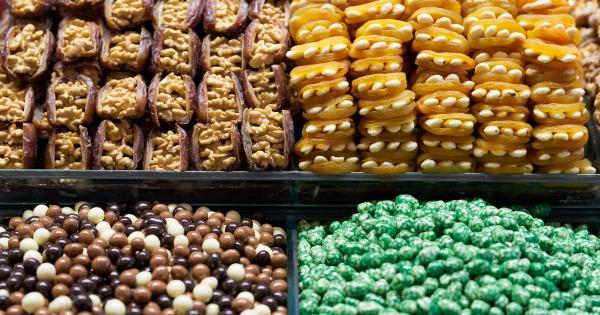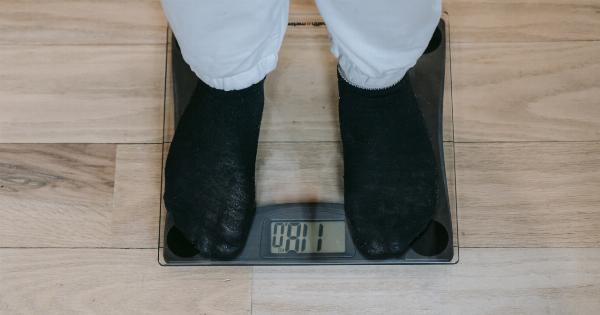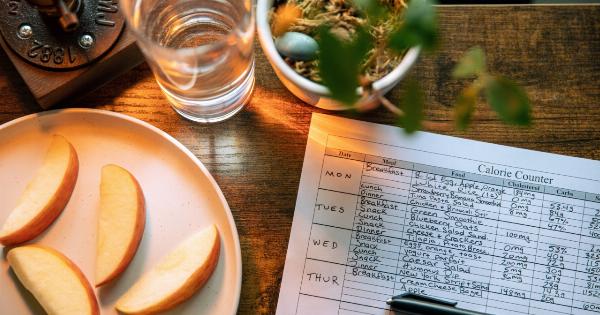When it comes to tracking our daily caloric intake, it’s essential to have a clear understanding of which foods require accurate calculation.
While most packaged items come with a nutrition label, there are still plenty of whole foods and homemade dishes that require some extra effort to determine their calorie content. In this article, we will explore ten different food categories that often necessitate more careful calculation when it comes to calories.
1. Fruits and Vegetables
While fruits and vegetables are undoubtedly healthy choices, they still contain calories that need to be taken into account. However, due to their high fiber and water content, the calorie count tends to be relatively low compared to other foods.
Nonetheless, it’s still essential to measure the amount you consume accurately to ensure you’re not unknowingly consuming excess calories.
2. Nuts and Seeds
Nuts and seeds are excellent sources of healthy fats, protein, and fiber. However, they also pack a significant amount of calories due to their high-fat content.
Since it is easy to overindulge in these delicious snacks, it’s essential to measure out portions carefully to avoid excessive calorie intake.
3. Oils and Fats
When cooking or preparing meals, oils and fats are a common ingredient. However, they are calorically dense, meaning even a small drizzle can add up quickly.
Whether it’s olive oil, coconut oil, or butter, make sure to accurately measure and account for the added calories that these ingredients contribute to your dishes.
4. Grains and Flours
Grains and flours come in a variety of forms such as rice, pasta, bread, and flour for baking. While they are a staple in many diets, it’s crucial to measure the serving size correctly as the calorie content can vary significantly.
Be mindful of portion sizes to accurately track your caloric intake.
5. Dairy Products
Dairy products like milk, cheese, and yogurt are rich in essential nutrients like calcium and protein. However, they can also be significant sources of calories, especially if you opt for full-fat versions.
To stay within your desired calorie range, it’s crucial to measure dairy servings carefully.
6. Protein Sources
Protein is an essential macronutrient, but certain protein sources can carry more calories than others.
While lean meats like chicken and turkey are lower in calories, fattier cuts or processed versions like sausages or bacon can be significantly higher. Accurate calculation of protein sources is vital, especially if you’re trying to manage your calorie intake.
7. Beverages
Often overlooked are the calories found in various beverages. Sugary drinks like soda, juice, and energy drinks can contribute a significant amount of calories to your daily intake.
Even seemingly harmless choices like flavored coffee drinks or alcoholic beverages can add up quickly. Pay attention to portion sizes and opt for healthier, low-calorie alternatives where possible.
8. Condiments and Sauces
Condiments and sauces are used to enhance the flavor of meals, but they can also be hidden sources of extra calories. From ketchup and mayonnaise to salad dressings and marinades, these additions can quickly bump up your caloric intake.
Be mindful of the quantities used and consider healthier alternatives or making your own versions with lower calorie options.
9. Homemade Dishes
When preparing meals from scratch, it can be challenging to determine the exact calorie content. Without a label to reference, it’s essential to break down each ingredient and calculate the calories accordingly.
Utilize reliable online databases or nutritional apps to obtain accurate information for homemade dishes.
10. Restaurant Meals
Eating out at restaurants can make it challenging to gauge the precise calorie content of your meal. Restaurants often use higher amounts of oils, butter, and other calorie-dense ingredients to enhance flavors.
Whenever possible, check for nutritional information provided by the restaurant or choose lighter options to maintain better control over your caloric intake.


























